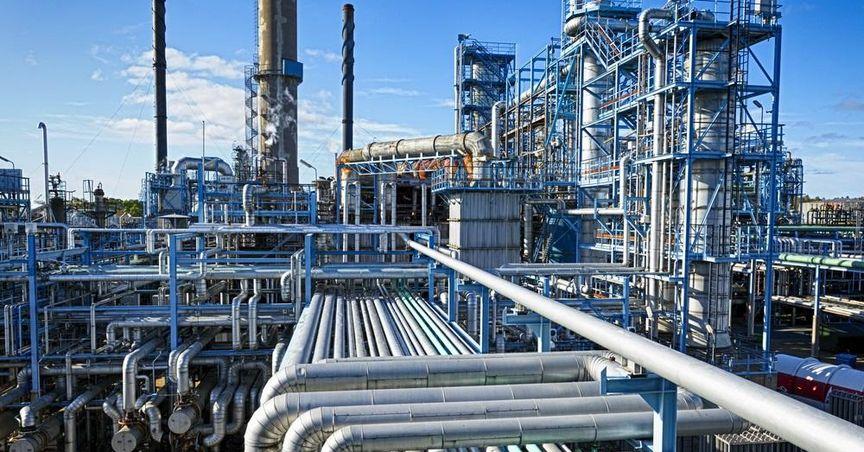Highlights
- Trex Company experiences a declining on capital employed
- Increase in capital base without matching revenue growth
- Higher current liabilities ratio influencing return metrics
Trex Company (NYSE:TREX), a well-known manufacturer in the building materials space, operates on the NYSE Composite and is also tracked under the Russell 1000. Known for producing composite decking and eco-friendly wood alternatives, the company has maintained visibility in the home improvement and construction sectors. Recent performance metrics, however, reveal evolving dynamics in its return efficiency despite a robust operational footprint.
Capital Allocation Trends and ROCE Movement
A close examination of the return on capital employed (ROCE) over recent periods shows a noticeable shift. While Trex Company maintains a solid level of ROCE compared to industry benchmarks, there has been a downward adjustment from earlier peaks. This trend can signal a reduced efficiency in generating pre-tax earnings from the capital base. Interestingly, this change comes even as the company’s employed capital continues to grow, suggesting that activity remains active.
Stability Despite Asset Expansion
While capital employed has expanded, top-line growth has not kept pace in the most recent cycle. Sales levels have remained relatively unchanged, raising questions about the near-term. This contrast between asset expansion and stagnant revenue indicates that recent internal allocations have not yet translated into higher output. This could be attributed to longer-term strategic initiatives that are still in early execution phases.
Impact of Changing Liability Ratios
Another dimension influencing return dynamics is the rise in the company’s ratio of current liabilities to total assets. This shift affects how the capital base is viewed from a return standpoint. While not excessive, a higher short-term liability concentration typically weighs on ROCE calculations. It also highlights a change in balance sheet composition that can have broader financial implications if the trend continues.
Share Performance vs. Operational Metrics
Over the past several years, Trex Company’s share price movement has not mirrored earlier enthusiasm. While earlier cycles showed significant gains, more recent periods indicate muted market response, possibly reflecting broader sentiment aligned with ROCE compression and flat sales volumes. Market activity often reacts not only to performance but also to directional signals in key efficiency ratios such as ROCE.
Forward-Looking Operating Signals
Despite the observed ROCE contraction, the steady increase in capital employed points to ongoing in infrastructure, research, or expansion. These factors suggest that the company is positioning for future output rather than focusing solely on short-term efficiency. The market’s reading of these moves may continue to evolve depending on whether earnings begin to reflect these more clearly in upcoming periods.
Trex Company continues (NYSE:TREX) to remain active in a competitive segment of the building materials market. Tracking changes in operating return ratios alongside capital flows and sales figures remains critical to understanding how business strategy translates into measurable outcomes.




